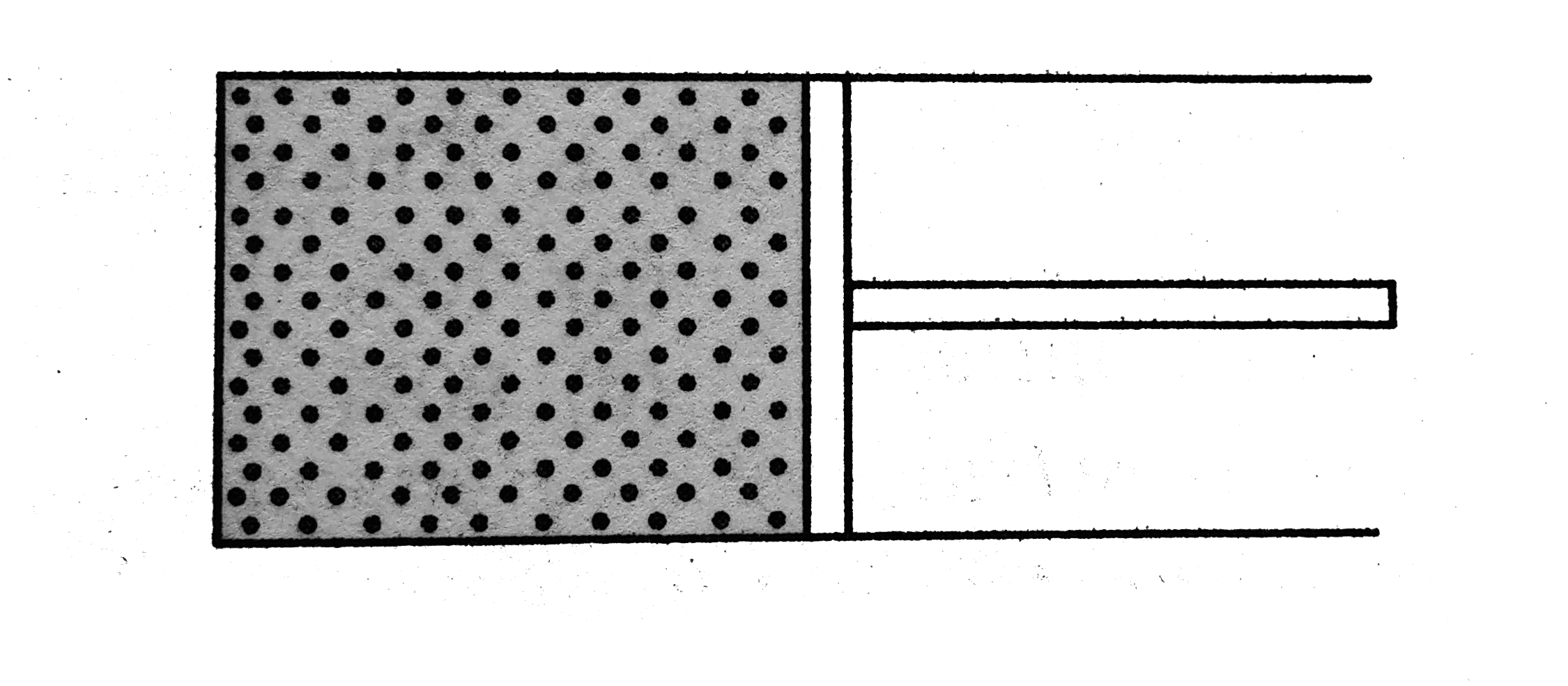If you put gas in a container, it fills the entire space. Why?
To understand why gas fills the entire space of a container, we can break down the explanation into three main reasons:
1. Random Motion of Gas Molecules:
- Gas molecules are in constant random motion. This means that they move in all directions and collide with each other and the walls of the container.
- As they move, they spread out to occupy all available space in the container.
2. Weak Intermolecular Forces:
- The forces between gas molecules (intermolecular forces) are very weak compared to those in liquids and solids.
- Because these forces are weak, gas molecules do not stick together and can move freely. This allows them to spread out and fill the entire volume of the container.
3. Large Intermolecular Distances:
- In gases, the distance between individual molecules is relatively large compared to liquids and solids.
- This large intermolecular distance means that there is plenty of space for the gas molecules to move around, allowing them to fill the entire container.
Conclusion:
In summary, gas fills the entire space of a container due to the random motion of gas molecules, the weak intermolecular forces between them, and the large distances separating the molecules.
---
- Gas molecules are in constant random motion. This means that they move in all directions and collide with each other and the walls of the container.
- As they move, they spread out to occupy all available space in the container.
- The forces between gas molecules (intermolecular forces) are very weak compared to those in liquids and solids.
- Because these forces are weak, gas molecules do not stick together and can move freely. This allows them to spread out and fill the entire volume of the container.
- In gases, the distance between individual molecules is relatively large compared to liquids and solids.
- This large intermolecular distance means that there is plenty of space for the gas molecules to move around, allowing them to fill the entire container.
In summary, gas fills the entire space of a container due to the random motion of gas molecules, the weak intermolecular forces between them, and the large distances separating the molecules.
Similar Questions
Knowledge Check
Two large glass containers of equal volume each hold 1 mole of gas. Container 1 is filled with hydrogen gas (2g/mol), and container 2 holds helium (4g/mol). If the pressure of the gas in container 1 equals the pressure of the gas in container 2, which of the following is true?
AThe temperature of the gas is container 1 is lower than the temperature of the gas is container 2.BThe temperature of the gas in container 1 is greater than the temperature of the gas in container 2.CThe value of R for the gas in container 1 is 12 the value of R for the gas is container 2.DThe rms speed of the gas molecules in container 1 is greater than the rms speed of the gas molecules in container 2.Gober gas contains mainly
ACH4 and O2BCH4 and O2CCH4 and H2DCH4 and SO2
A weightless piston divides a thermally insulated cylinder into two parts of volumes V and 3V.2 moles of an ideal gas at pressure P=2 atmosphere are confined to the part with volume V=1 litre. The remainder of the cylinder is evacuated. The piston is now released and the gas expands to fill the entire space of the cylinder. The piston is then pressed back to the initial position. Find the increase of internal energy in the process and final temperature of the gas. The ratio of the specific heats of the gas, γ=1.5.
View SolutionMarsh gas mainly contains:
View SolutionMarsh gas mainly contains:
View SolutionThe percentage change in the pressure of a given mass of a gas filled in a container at constant temperature is 100%. Calculate the percentage change in its volume.
View SolutionWhen you put a steel pin in water it sinks, but a ship made of steel floats. WHY ?
View Solutionn moles of a gas are filled in a container at temperature T. If the gas is slowly and isothermally compressed to half its initial volume, the work done by the atmosphere on the gas is

View Solution
